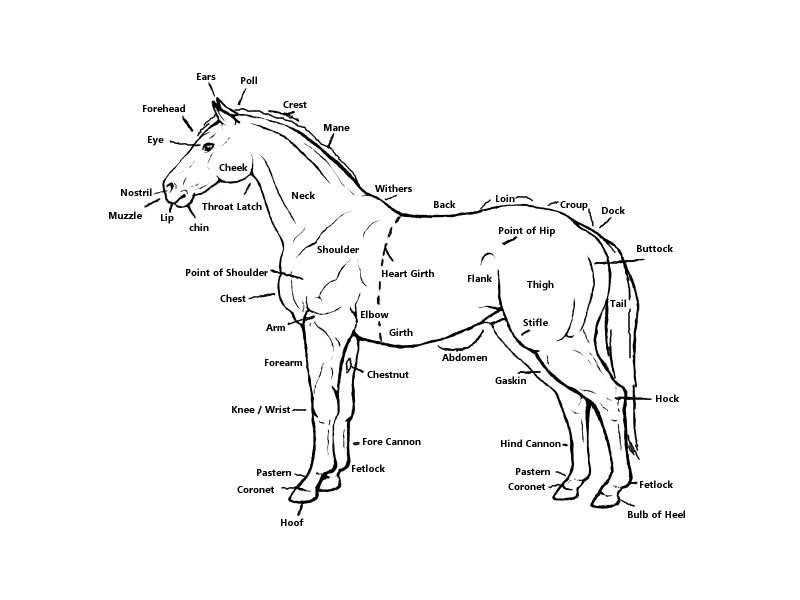1. What are the 5 most common pathologies of cows? Mention them and give a little description too.
Bovine Respiratory Disease Complex (BRDC):
Stress is a major contributor to BRDC. Events such as weaning, dehorning, shipping and weather changes can compromise the animal's immune system, making it susceptible to disease-causing viruses and bacteria. Although stress cannot be eliminated entirely from the cow/calf operation, it can be reduced through careful handling and sanitary conditions.
Bovine Virus Diarrhea (BVD):
Signs may include scours, nasal discharge, coughing and fever. BVD can also cause infertility, abortion and birth defects. Type 2 BVD can cause hemorrhaging and death in susceptible young calves and adult cows.
IBR (Infectious Bovine Rhinotracheitis)
This highly contagious virus causes respiratory disease, abortions and infertility. Signs include inflamed nasal passages, fever, rapid breathing, deep cough and loss of appetite.
Mannheimia haemolytica and Pasteurella multocida
These highly infectious bacteria are a major cause of pneumonia, and the most commonly found pathogens in cattle dying of respiratory disease. Signs include depression, lethargy, loss of appetite and high fever.
Pinkeye
It can affect all ages of cattle and it is highly contagious. Multiple strains of bacteria can cause the disease, and it can be difficult to determine which one is the culprit in your herd. In the early stages of pinkeye, the animal will be very sensitive to light, and you may see a bluish spot on the lens of the eye, followed by watery discharge.
2. Publish a picture of the cow's digestive system (with names)

3. Publish a picture of the cow's external anatomy (with names)

B) Choose one of these farm animals: pig, horse or rabbit.
1. Choose a good website that refers to your animal. Explain why you like the website. (40 words)
http://www.thehorse.com/
This is a website of a magazine dedicated to all the horse lovers, I think that it's a complete website about horses, it has a lot of information about the diseases and different forms of taking care of the health of your horse.
The only problem is tha you want to know more about a topic, you will have to buy the magazine :(
2. Find a good picture showing (with names) the animal's external anatomy.

No comments:
Post a Comment